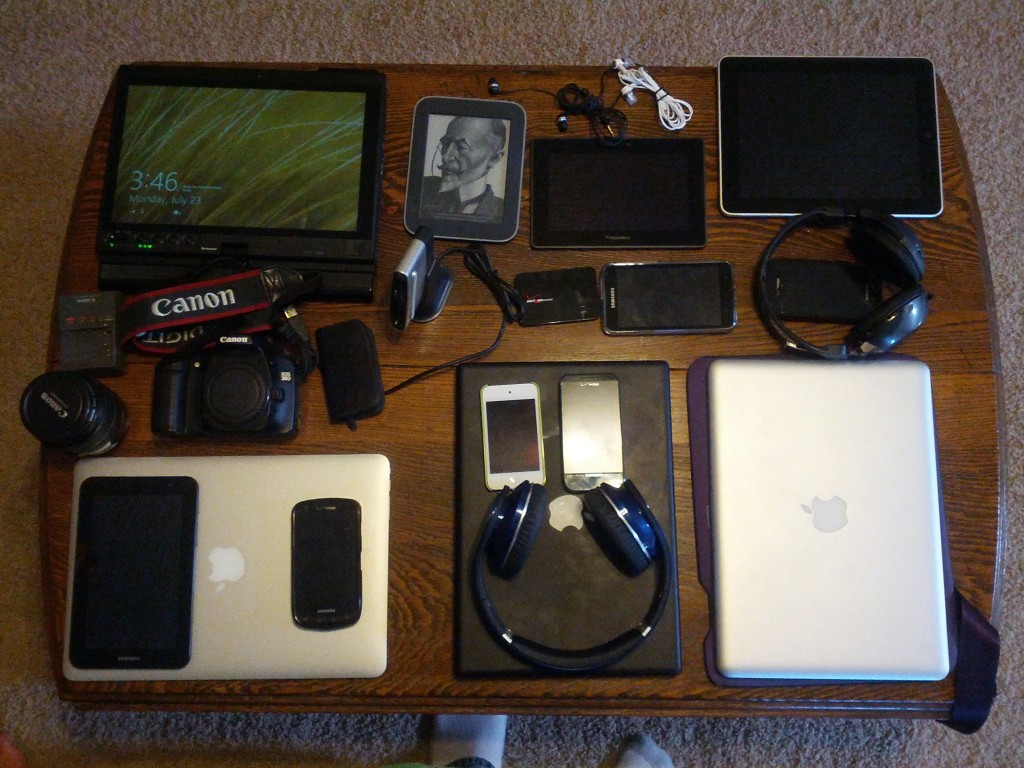Microsoft Blog (Visual C++ Team): “…For the past few months I’ve been working on a Windows 8 app along with a small team of developers from the Visual C++ team, we call it Project Code Name Austin.
Austin is a digital note-taking app for Windows 8. You can add pages to your notebook, delete them, or move them around. You can use digital ink to write or draw things on those pages. You can add photos from your computer, from SkyDrive, or directly from your computer’s camera. You can share the notes you create to other Windows 8 apps such as e-mail or SkyDrive.â€
When I saw “Project Austin†start showing up on tech blogs over the last couple of days I have to admit I got pretty excited. I’m a tablet PC guy to the core, and one of my favorite things about tablet PCs is their inking ability, i.e. I can use them in place of pen and paper for a great many things. No other tablet OS – iOS, Android, webOS – has been able to give me the same experience; not even close.
According to the Microsoft blog Project Austin is “a very simple digital replacement to the real paper notebooks people carry around to meetings at work, to school, around the house, where they scribble things and take quick notes.†That’s all I want. That’s what I’ve been waiting for. The blog post goes on to say “Austin doesn’t aspire to be a full-featured note-taking app such as OneNote. It doesn’t give you a way to organize your notes other than by their position in the book, it also doesn’t enable typing or searching.†Perfect. I have nothing against OneNote. OneNote is fantastic, and I use it all the time, but it’s overkill for most things. And Microsoft Journal, while good for taking quick notes, just doesn’t always cut it.
Two other things that really made me take notice of Project Austin were: 1) it is supposed to be deeply integrated with Microsoft SkyDrive, which is getting better and better everyday. It’s still not on par with many other cloud based storage/syncing/sharing applications out there, but it’s gaining ground; and 2) “Â [Microsoft is] making the majority of the source code available for download here. Â We also plan to publish a series of blog posts here in the Visual C++ Team Blog talking about our experience building it, and some of the technologies we used.” I’ve been hammering on my brother, Robert, for a few months to build me a better note-taking app for Windows 8. He and I have talked about it a couple of times and I’ve even gone as far as to start sketching out the design and requirements for “my note-taking app“. Microsoft apparently read my mind. Scary and cool all at the same time.
What can I say, I’m excited. I’m newly energized about the potential for the host of new Windows 8 tablets hitting the market over the next year. It’s a great time to be a tablet PC guy.



